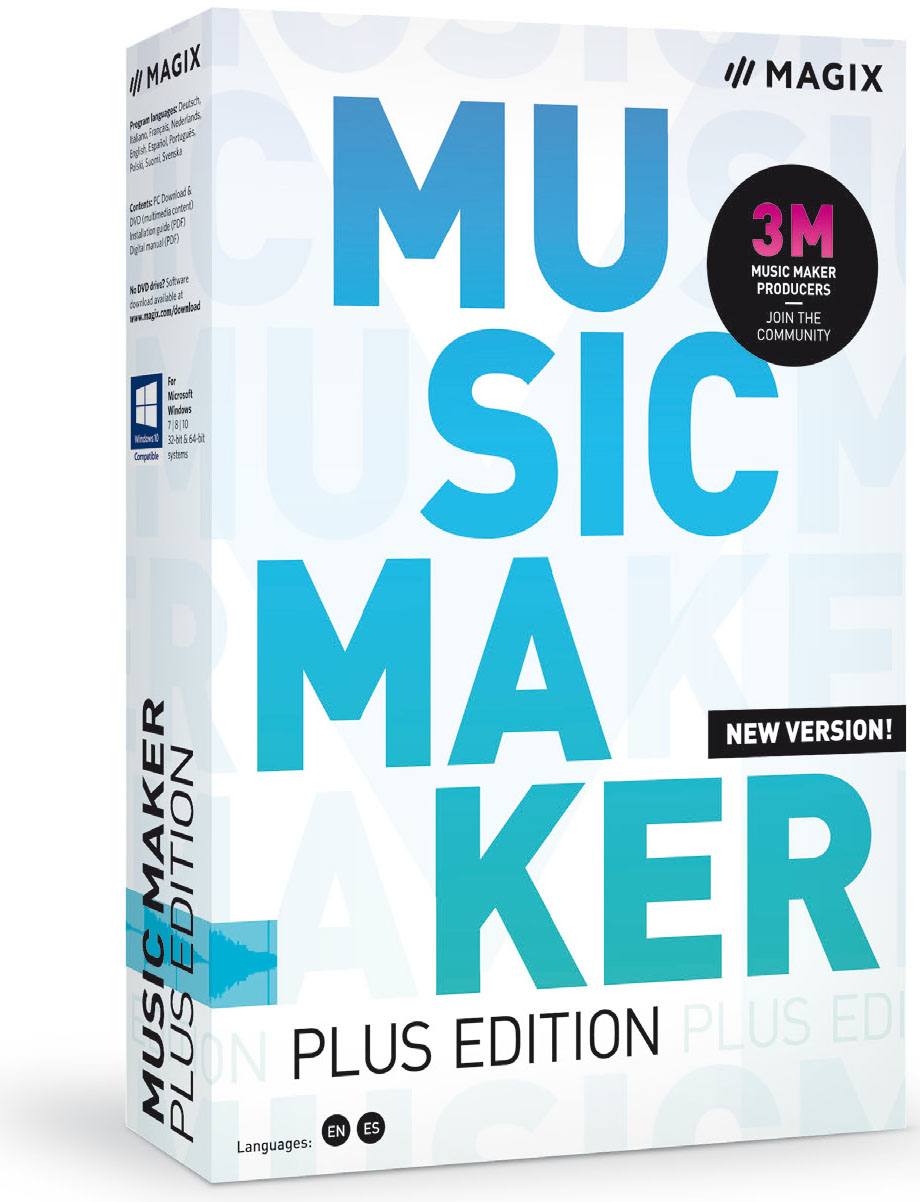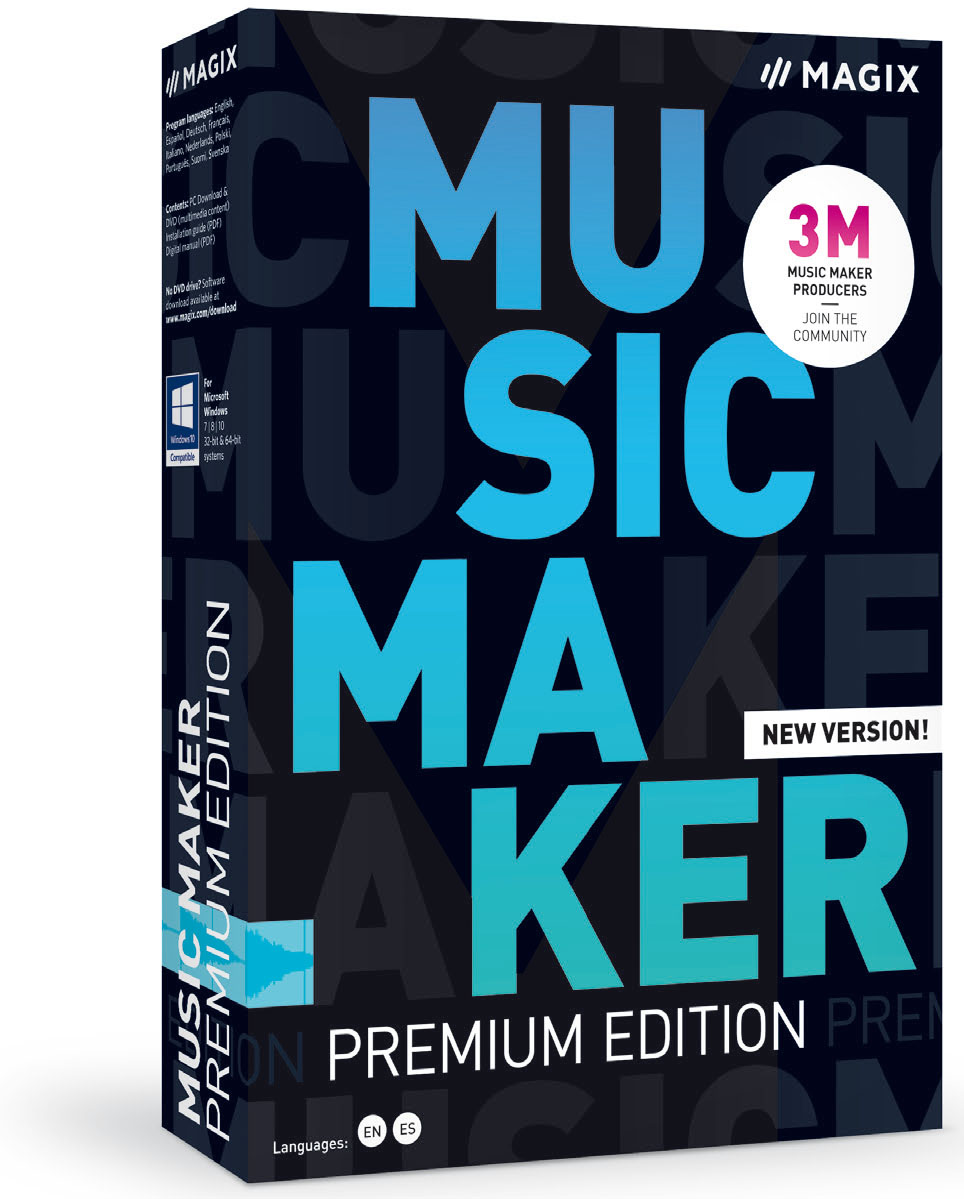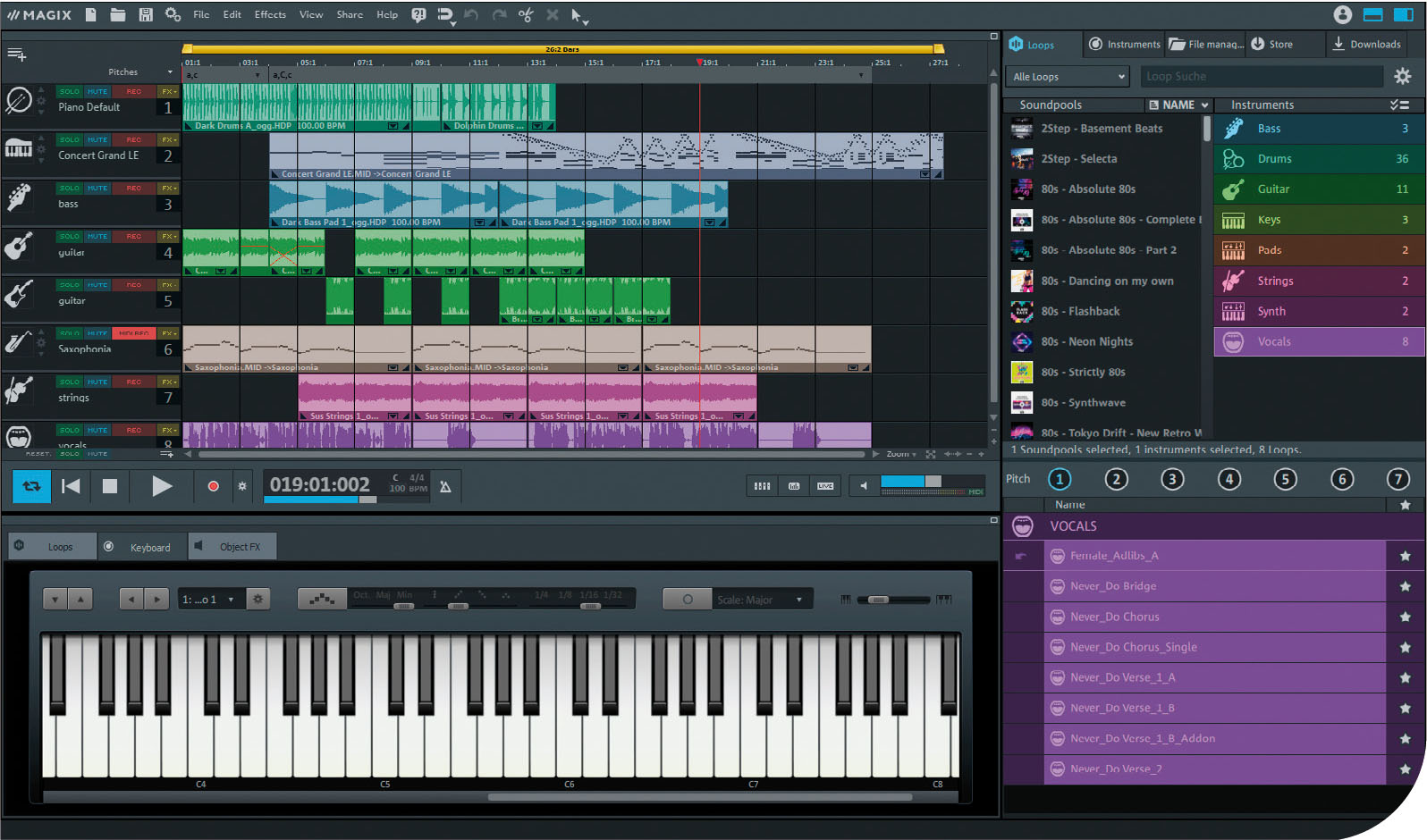
Remote learning pushed all of us to explore novel approaches to music making. For those of us charged with looking after music technology and electronic music making, this challenge was all the more acute. Without access to our DAWs, studios, synths, and microphones, how were we supposed to continue driving our young musicians’ growth?
I'm proud to say that the response from my music technology colleagues was more impressive and resourceful than anyone could have hoped. A proliferation of mobile and online platforms was recommended, tutorials produced, advice swapped, and we did what the music industry has always done: we adapted, and we thrived!
It is tempting, on the albeit precarious return to on-site learning, to click straight back into our Logic/Cubase/Ableton habits and put all of our new-found toys up on the shelf. But that's not who we are as musicians – we grow, and we learn as much as our students do. I doubt any of us are yet ready to give up on new platforms if they can bring some benefit to our students.
What is Music Maker?
One of my favourite discoveries from remote learning is Music Maker from Magix. This platform has been around for some years, although the latest version is really something special. Music Maker is one of a new generation of generative software packages. These sample-driven platforms open up a world of music making for students without a significant foreknowledge of instrumental or theoretical music.
Diving straight in, the free version opens with the familiar interface and dusky hue of Logic or GarageBand. The navigation is familiar for any DAW user, with a linear project window, a track section laid out to the left like the header in an orchestral score, and the MIDI and sequencing windows nestled in at the bottom of the screen. So far, so familiar.
The latest version is aimed specifically at beginners. The 2022 updates include Beatbox – a dedicated sample-driven rhythm engine with an intuitive sequencer interface, which comes preloaded with more than 100 patterns. These are easily customisable and editable, allowing for bespoke drum patterns to be put together in seconds.
Latest updates
Music Maker is currently a Windows-only application. The package has three price points: a free version, which includes the sample library and a customisable user interface which allows for a range of workflows; the Plus edition, which includes BeatBox pro; and the Premium edition, which – alongside two additional VST libraries, song parts, Orange Vocoder ME, and Vintage FX Filtox – comes with two exciting additions.
The first of these is Sound Forge Audio Studio 12, a powerful audio editing engine which seamlessly facilitates spectral analysis (FFT), speech synthesis (text-to-speech), and voice modulation, as well as a significant additional library of samples and sound effects, of which more later!
The second of these, and one of the most emancipating features of the latest version of Music Maker, is the AI function. AI (artificial intelligence) has been sitting on the periphery of music making for some time, with mixed results. The drawback for most AI driven music engines has been the ability to predefine the terms of the results. The more variables have been programmed, the more specific the end result can be. Music Maker allows for genre, length, BPM, instrumentation, and finally, structure.
The results are fairly convincing, fully formed backing tracks, even when the BPM pushed the original loops outside of their comfort zone. Magix's marketing material aims this feature at generating ideas as starting points for professional musicians, although the applications in an educational setting are just as compelling.
Music Maker in the classroom
The question is, with such a powerful AI-driven compositional engine, where does the human factor come in, and how do we integrate this platform into our classrooms? With the focus away from technical skill, Music Maker allows the learner to focus on developing analytical and aesthetic skills – what my old teachers would have called building a ‘musical ear’.

Music Maker Plus edition
Because of the ease and speed with which learners can acclimatise to the interface and start creating real-world music, I have found this platform ideal for workshops. I divided my learners into compositional ‘teams’ and presented each team with a short animation clip. Their mission was to produce a musical score for each clip, utilising the range of samples, pre-built sequences, and MIDI packs together with any new material the learners wanted to enter.
The first step was to hold a spotting session away from Music Maker; identifying key moments in the on-screen narrative, any sound effects required, together with a sense of mise-en-scène. The next step involved a YouTube trawl to find reference material and analyse the sound design of similar scenes. Once the learners were primed with a direction, their next step was to explore the seemingly inexhaustible library of loops and samples on Music Maker. The sample library is organised by genre, and then by instrument or layer, allowing for a quick and intuitive building of a basic sound design.

Music Maker Premium edition
I particularly like the numerical pitch interface for melodic and chordal loops, which shifts the pitch smoothly and without adding noticeable processing distortion. Rather than asking users to engage with key information, the simple numbering 1–7 ensures that, even with the most enthusiastic of combinations, consonance reigns supreme all afternoon!
Music Maker comes with a range of VST (virtual) instruments, allowing users to add their own MIDI parts to the rapidly building arrangements. The loop cycle feature allows for quick auditioning of different parts and, together with Sound Forge, is capable of producing some impressive results. A quick word here about the sound effects library, which, although designed primarily for audio production, lent itself admirably to the world of amination underscoring (although I'm quite sure that I recognise a boing from the 1992 Prodigy track Out of Space…). Some judicious editing and pruning were required at various junctures in order to keep the productions on track! The reference tracks proved particularly useful in staving off too many of the more extreme examples.

Music Maker interface
One drawback of AI
The Beatbox update lends itself to differentiated learning from the off. At the start of their journey, learners can content themselves with prebuilt samples and rhythmic loops. As their sound design skills become more discerning, the colourful inbuilt sequencer allows more confident learners to build up their own rhythmic patterns from scratch. The Beatbox sequencer offers a choice of 17 different kits, with eight to 10 preformed patterns for each, which can be adapted and edited as starting points. For learners familiar with the idea of sequencing (or just feeling brave) they can sequence loops from scratch. The final result drags seamlessly into the project window as a wave form, which can be further customised with the usual range of modulation effects.
The one drawback of the intuitive nature of the software and the AI driven engine is the ease with which it can present learners with a serviceable result. Whether the drive towards AI driven output represents the future of music production or the latest novelty remains to be seen. Any algorithm is only as good as the metrics which drive it. Francois Pachet's 2017 album Hello World may have been a landmark of AI workflow, but the result still involved a human ear editing the input and refining the output.
This is where Music Maker can be a useful tool for engaging learners. The critical faculties and technical skill involved in producing even an underscore for a 60-second animation can take years to develop and refine. The aural faculties involved in analysing a pro-forma result and developing that to match the template developed in an initial spotting session are much quicker to develop. Music Maker is not simply a tool for developing technical production workflow, but offers enormous value in engaging listening and critical analysis skills.
Perhaps more importantly, it produces results which learners can be proud of. By the end of a three-hour working session, my group of non-musicians had successfully scored and refined their animations and were able to sit back and enjoy the (sometimes surprising) fruits of their peers’ labours. And with the current introductory price undercutting any comparable packages, that is something I cannot thank my recommender for enough.
Finally, if I may conclude this review slightly differently – to my amazing peer group of music technology gurus, who have kept me afloat over remote learning, and since, allow me to say this: thank you. Thank you for being a shoulder to cry on. Thank you for being so generous and open with your time, advice, and experience. And most of all, thank you for keeping music alive.








